This article was co-authored by wikiHow staff writer, Jennifer Mueller, JD. Jennifer Mueller is a wikiHow Content Creator. She specializes in reviewing, fact-checking, and evaluating wikiHow's content to ensure thoroughness and accuracy. Jennifer holds a JD from Indiana University Maurer School of Law in 2006.
This article has been viewed 44,756 times.
Learn more...
Citing sources using the Chicago Manual of Style is most common in the humanities, such as literature and history. With the Chicago-style method, you may have either footnotes or parenthetical citations within the text of your paper. While some instructors prefer parenthetical citations (which are similar to those used in other citation methods), the footnote style is used most often. Chicago-style footnotes are similar to the full citation that appears in the bibliography, but use a more condensed format.[1]
Steps
Formatting Your Footnotes
-
1Use your word processing app to insert footnotes. When you paraphrase or quote a source in your paper and want to add a footnote, put a superscripted number after the ending punctuation of the information you need to source.[2]
- Typically you'll select the option that allows you to insert a footnote. Look for this option under an "insert" or "format" menu.
- When you click on this option, it will create a superscripted number at the location of your cursor, and then add the same number at the bottom or end of the page, however you have it formatted.
-
2Indent the first line of each footnote 5 spaces. Standard formatting for Chicago-style footnotes calls for the first line, starting with the note number, to be indented. You may be able to set this formatting to apply throughout the document.[3]
- Check the formatting options on your word processing app to set the formatting options to apply to all footnotes.
- You can also adjust your footnotes manually, by simply placing your cursor in front of the number and hitting the space bar 5 times.
Advertisement -
3Double-space between footnotes. Your footnotes themselves will be single-spaced, but you'll want to double-space separate notes that appear on the same page. Any notes that don't fit into the space allotted for footnotes will automatically be carried over to the next page.[4]
Creating Full Footnotes
-
1Start with the author of the work. The first part of a full Chicago-style footnote is the author of the work, written in the usual order with the author's first name followed by their middle initial and last name. Follow the author's name with a comma.[5]
- For example: "John J. Smith,"
- If you have more than one author, list them in the order they appear in the work itself. If there are 2 or 3 authors, list each author's full name with the word "and" before the last author's name. For example: "John J. Smith, Mary J. Flowers and Tom P. Thumb,"
- If there are more than 3 authors, list the name of the first author followed by the Latin abbreviation et al., which means "and others." For example: "John J. Smith et al.,"
-
2Provide the title of the work. Immediately following the name of the author, you'll include the title of the work you're citing in italics. If you're citing an article in a larger work, you'll include the title of the article in quotation marks. Put a comma, then state that it is "in" the larger work. The title of the larger work should be italicized.
- Example of a book: "John J. Smith, His Name Is My Name"
- Example of an article: "John J. Smith, "His Name Is My Name," in Great People You Know"
-
3Give publication information in parentheses. The footnote includes a somewhat shortened version of the publication information provided in the bibliography. Put the city where the work was published, then a colon, then the name of the publisher. Add a comma after the name of the publisher and provide the year the work was published.
- For example: "John J. Smith, His Name Is My Name (New York: Nursery Publications, 1982)"
-
4List the page number of the information paraphrased or quoted. The last part of the footnote for a printed work is the page on which the material you're citing is found. The only time you won't include a page number is if you're citing the entire work generally.
- For example: "John J. Smith, His Name Is My Name (New York: Nursery Publications, 1982), 101."
- Punctuate your note by placing a comma after the publication information, then the page number, then a period after the number.
-
5Include a full URL for works accessed online. If you accessed the work online, you won't have a page number. Instead, you should include the full URL of the website where you accessed the work. Use a direct permalink where possible.[6]
- For example: "John J. Smith, His Name Is My Name (New York: Nursery Publications, 1982), http://www.nurserystories.com/smithname"
Using Shortened Footnotes
-
1Use shortened footnotes after the first reference. Once you write out the full footnote once, you don't have to use the full footnote again. For any subsequent time you paraphrase or quote the same work, you can use a shortened form that leaves out the publication information.[7]
-
2Start with the author's last name. For a shortened footnote, you don't have to include the author's full name, just their last name. If there's more than one author, only include the first author's name followed by the abbreviation et al.[8]
- For example: "Smith,"
- An example with more than one author: "Smith, et al.,"
-
3Provide a shortened title of the work. For the shortened footnote, you don't have to include the entire title of the work if it's long. Choose 2 or 3 key words from the title that will allow your readers to easily recognize the work.Typically you'll choose the first 2 or 3 words from the title, excluding articles such as "a" or "the."
- For example, if the title of the work is "His Name Is My Name," you might shorten the title to "His Name."
- Include your shortened title in italics after the author's name. For example: "Smith, His Name"
-
4Include the relevant page number. If you paraphrased or quoted a specific part of the work you're citing in your text, the shortened footnote ends with the page number where the paraphrased or quoted information appears.
- For example: "Smith, His Name, 101."
- You don't need to repeat the URL if you accessed the work online. End the shortened footnote with a period after the author's name and shortened title.
-
5Use the abbreviation Ibid. for multiple notes from the same source. In your paper, you may paraphrase or quote the same source several times in a row. You still must place a footnote after each instance where you reference that work.[9]
- If you have several footnotes that reference the same source, you can use the abbreviation Ibid. instead of repeating the shortened citation.
- If the material you're paraphrasing or quoting is found on the same page as the previous footnote, you don't need a page number. However, if it appears on a different page, you should place a comma after the abbreviation "Ibid." and add the page number.
Community Q&A
-
QuestionIf there is a new page, would using shortened footnotes still be okay, or would the footnote on the new page return to full length?
 Tom De BackerTop AnswererFootnotes must be on the same page as the item they refer to. Most text processors do this automatically. As the body of footnotes grows, the space for text on that page shrinks, pushing some items referred to in the footnotes to the next page, which will cause the corresponding footnote to follow the item to that page until an equilibrium is reached. If possible, shorten your footnotes for brevity's sake. And if you truly can't fit a footnote onto the same page as the item it refers to, make it an endnote instead and list it at the very end of your work.
Tom De BackerTop AnswererFootnotes must be on the same page as the item they refer to. Most text processors do this automatically. As the body of footnotes grows, the space for text on that page shrinks, pushing some items referred to in the footnotes to the next page, which will cause the corresponding footnote to follow the item to that page until an equilibrium is reached. If possible, shorten your footnotes for brevity's sake. And if you truly can't fit a footnote onto the same page as the item it refers to, make it an endnote instead and list it at the very end of your work.
References
- ↑ http://www.chicagomanualofstyle.org/tools_citationguide.html
- ↑ http://hslibguides.islipufsd.org/content.php?pid=434719&sid=3801957
- ↑ http://writing.umn.edu/sws/assets/pdf/quicktips/chicago_fn.pdf
- ↑ http://writing.umn.edu/sws/assets/pdf/quicktips/chicago_fn.pdf
- ↑ https://politics.ucsc.edu/undergraduate/chicago%20style%20guide.pdf
- ↑ https://owl.english.purdue.edu/owl/resource/717/05/
- ↑ https://politics.ucsc.edu/undergraduate/chicago%20style%20guide.pdf
- ↑ https://politics.ucsc.edu/undergraduate/chicago%20style%20guide.pdf
- ↑ http://writing.umn.edu/sws/assets/pdf/quicktips/chicago_fn.pdf
About This Article
To do Chicago style footnotes, start by clicking the footnote option under your word processing app's "Insert" or "Format" menu. Then, begin the footnote with the number, and make sure to indent the line. After the number, include the author’s name, followed by the work’s title and publication information in brackets. Next, list the page number where the information can be found. Additionally, double space in between each footnote to keep them separated. For tips on how to use shortened footnotes after the first reference, keep reading!

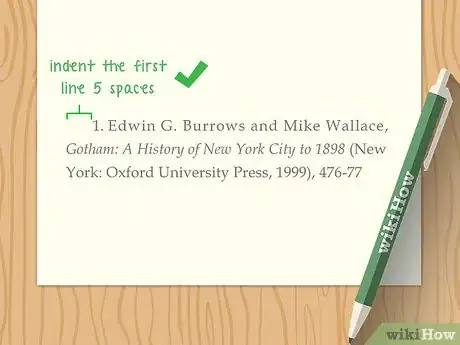
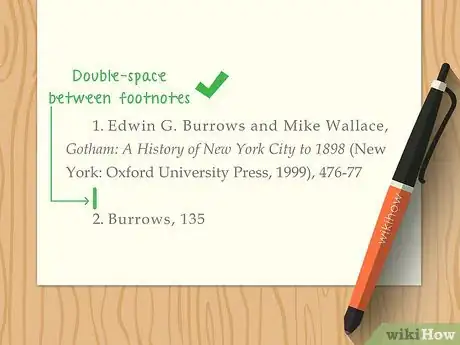
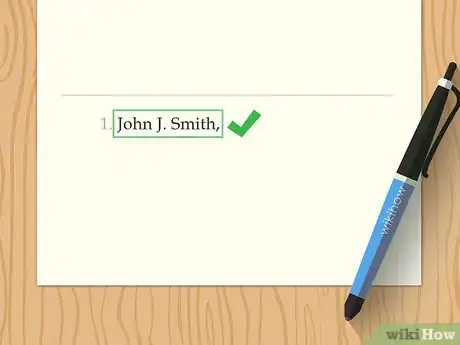
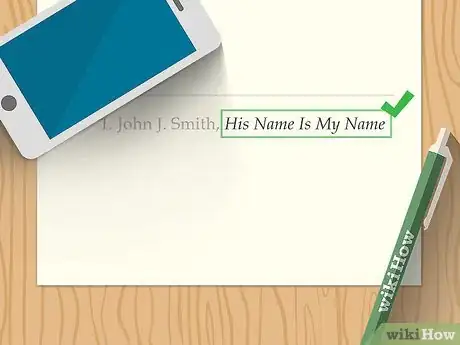
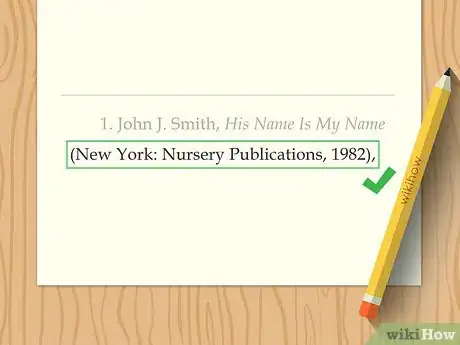
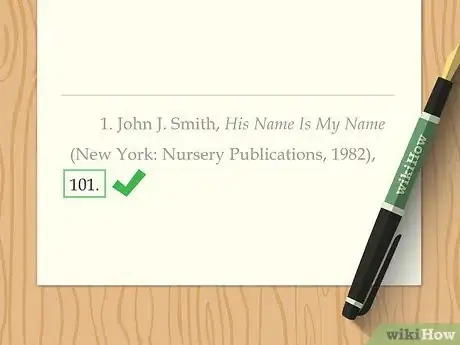
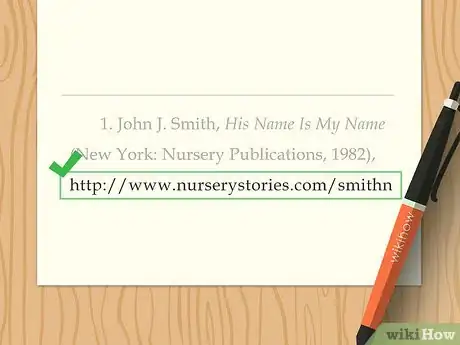


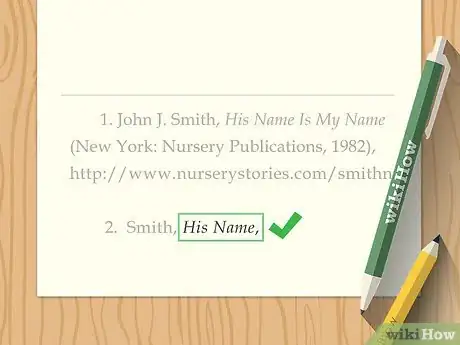
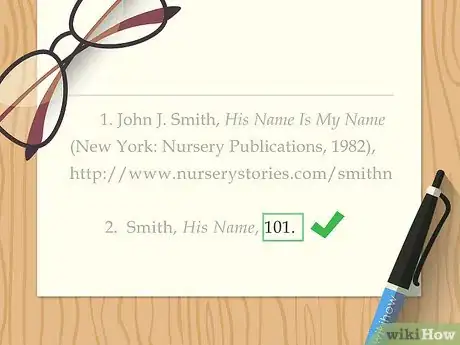
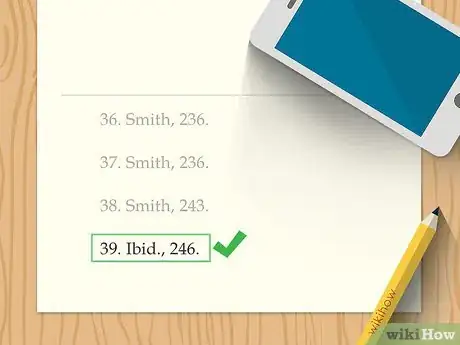









-Step-18.webp)


















































